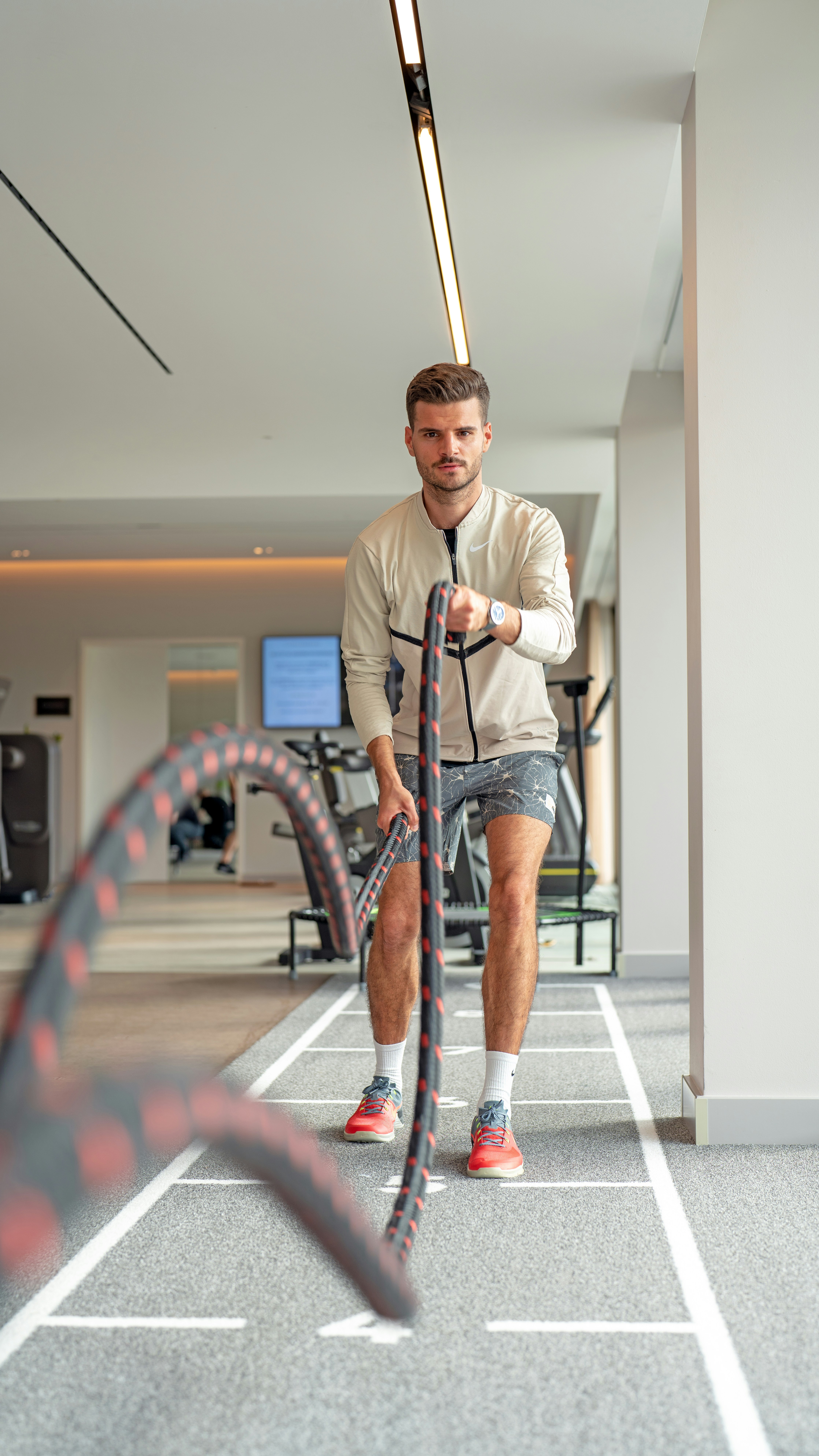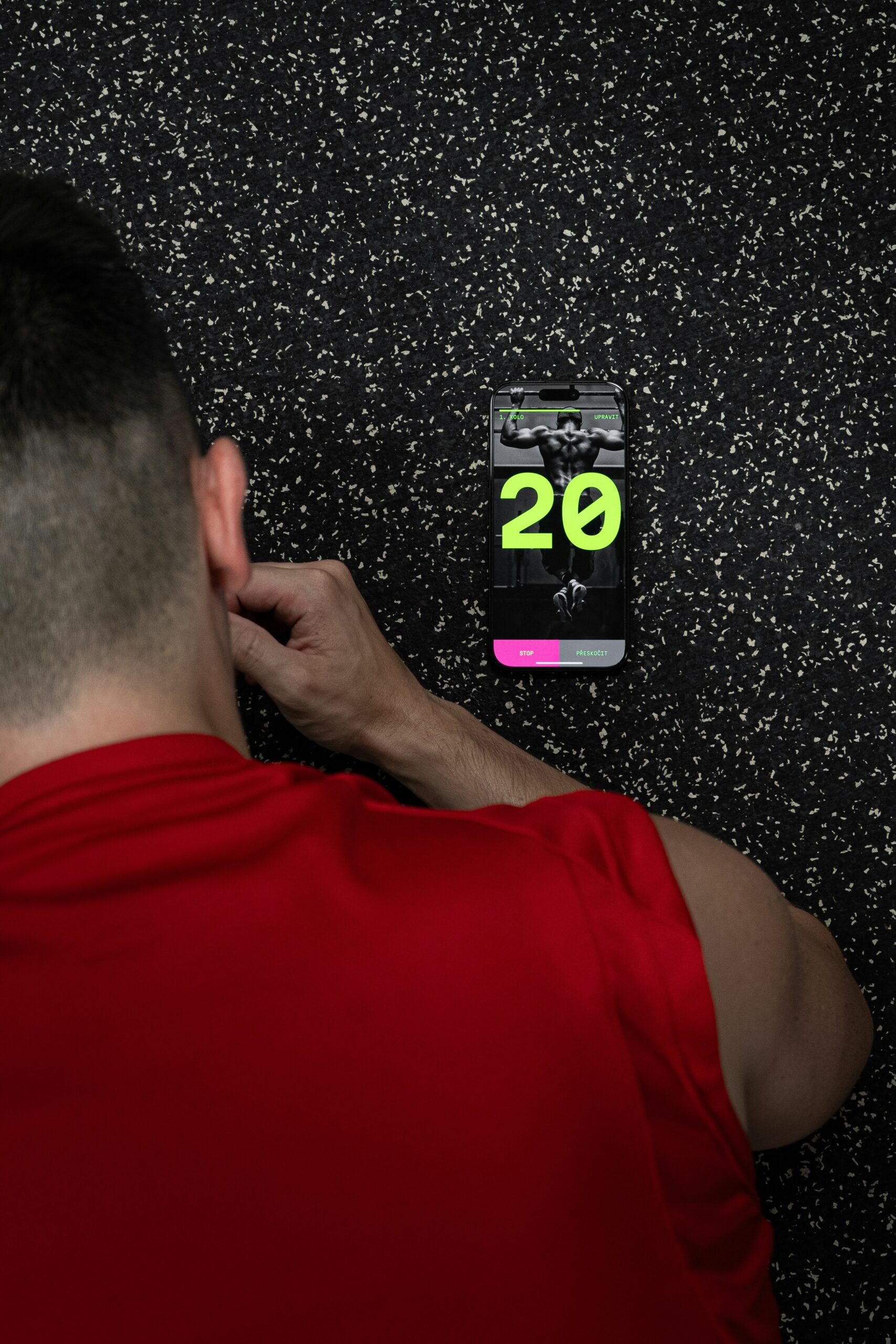The Benefits of HIIT Workouts and How to Get Started
High-Intensity Interval Training (HIIT) has taken the fitness world by storm—and for good reason. It’s a highly effective workout method that combines short bursts of intense exercise with periods of rest or low-intensity recovery. The result? You burn more calories, build endurance, and improve your fitness in less time than traditional steady-state cardio.
Whether you’re short on time or want to maximize your workout results, HIIT might be the perfect fit. Let’s dive into the benefits of HIIT and how you can get started today.
The Benefits of HIIT Workouts
1. Burns More Calories in Less Time
One of HIIT’s biggest draws is its efficiency. You can achieve the same calorie burn in a 20-minute HIIT session as you would during 40-60 minutes of steady-state cardio. The intense intervals push your body to work harder, leading to greater calorie expenditure.
- Why it works: HIIT increases your heart rate quickly and creates an “afterburn effect” (EPOC—Excess Post-Exercise Oxygen Consumption), where your body continues to burn calories even after the workout is over.
- Great for: Busy individuals who need quick, effective workouts.
2. Improves Cardiovascular Health
HIIT is a heart-healthy workout that challenges your cardiovascular system. It increases your heart rate during intense bursts, which improves heart function and endurance over time.
- Why it works: The alternating high- and low-intensity intervals train your heart to pump blood more efficiently, reducing your risk of heart disease.
- Research-backed: Studies have shown that HIIT can improve blood pressure, cholesterol levels, and overall heart health.
3. Builds Strength and Endurance
HIIT workouts often include bodyweight exercises like squats, push-ups, and burpees, which build muscular strength while improving your aerobic capacity. This dual focus makes it a great full-body workout.
- Why it works: Combining cardio and strength moves challenges multiple muscle groups, increasing overall fitness and endurance.
- Great for: Building functional strength that translates to everyday activities.
4. Boosts Metabolism
HIIT stimulates your metabolism, helping you burn more calories throughout the day. The afterburn effect can last for hours post-workout, meaning your body continues to use energy long after you’ve finished.
- Why it works: The intense bursts of activity push your metabolism into overdrive, improving your body’s ability to burn fat and calories.
- Bonus: HIIT also promotes fat loss while preserving muscle mass, making it ideal for those looking to tone up.
5. Requires Minimal Equipment
HIIT workouts are versatile and can be done anywhere—at home, the gym, or even outdoors. Many HIIT exercises rely solely on your body weight, so there’s no need for expensive equipment.
- Why it works: Exercises like burpees, jumping jacks, mountain climbers, and high knees make HIIT accessible and effective without requiring a gym membership.
- Great for: People with limited space or equipment.
6. Time-Efficient
One of HIIT’s biggest advantages is how little time it takes. A typical HIIT session lasts between 15-30 minutes, making it easy to fit into even the busiest schedules.
- Why it works: The high-intensity intervals maximize results in less time compared to traditional workouts.
- Great for: Anyone juggling work, family, and other commitments.
7. Increases Fat Loss
HIIT is highly effective at targeting fat, especially belly fat. The intense intervals encourage your body to use stored fat as fuel, leading to greater fat loss over time.
- Why it works: The combination of high-intensity effort and metabolic afterburn helps shed fat without losing muscle.
- Research-backed: Studies show that HIIT can reduce visceral fat, which is linked to various health issues.
How to Get Started with HIIT Workouts
Ready to jump into HIIT? Follow these steps to create an effective and enjoyable routine.
Step 1: Start with the Basics
If you’re new to HIIT, start with beginner-friendly intervals. A simple structure is 20 seconds of effort followed by 40 seconds of rest.
- Example Beginner Workout:
- 20 seconds of jumping jacks → 40 seconds rest
- 20 seconds of bodyweight squats → 40 seconds rest
- 20 seconds of push-ups → 40 seconds rest
- 20 seconds of mountain climbers → 40 seconds rest
- Repeat for 2-3 rounds.
Pro Tip: Modify the intensity to suit your fitness level. For example, perform push-ups on your knees or slow down the pace of mountain climbers.
Step 2: Warm Up
Always start with a 5-minute dynamic warm-up to prepare your body for the intense effort.
- Warm-Up Ideas:
- Arm circles
- Leg swings
- Light jogging or marching in place
- Dynamic stretches like lunges with a twist
Why it’s important: A proper warm-up increases blood flow, reduces injury risk, and improves workout performance.
Step 3: Choose Your Interval Ratio
The ratio of work to rest can vary based on your fitness level and goals. Here are some common ratios:
- Beginner: 20 seconds work / 40 seconds rest
- Intermediate: 30 seconds work / 30 seconds rest
- Advanced: 40 seconds work / 20 seconds rest
Pro Tip: Start with longer rest periods and reduce rest as you build endurance.
Step 4: Incorporate Full-Body Exercises
To maximize your results, choose exercises that engage multiple muscle groups. This ensures your workout is both efficient and effective.
- Examples:
- Burpees
- Squat jumps
- High knees
- Push-ups
- Lunges
- Plank jacks
Pro Tip: Alternate between lower-body, upper-body, and core exercises for a balanced routine.
Step 5: Cool Down and Stretch
End your HIIT session with a 5-10 minute cool-down to bring your heart rate down and prevent stiffness.
- Cool-Down Ideas:
- Light jogging or walking
- Static stretches for your hamstrings, quads, shoulders, and back
- Deep breathing to relax your body
Why it’s important: Stretching improves flexibility and helps your muscles recover faster.
Sample 15-Minute HIIT Workout
Here’s a quick workout to get you started:
- Warm-Up (5 minutes)
- March in place, arm circles, and lunges with a twist.
- HIIT Circuit (10 minutes)
- 30 seconds jumping jacks → 30 seconds rest
- 30 seconds push-ups → 30 seconds rest
- 30 seconds squats → 30 seconds rest
- 30 seconds mountain climbers → 30 seconds rest
- Repeat the circuit 2 times.
- Cool Down (5 minutes)
- Walk in place, then stretch your hamstrings, quads, and shoulders.
Tips for Success
- Listen to Your Body: HIIT is intense, so don’t push too hard too soon. Rest if needed and build up gradually.
- Be Consistent: Aim for 2-3 HIIT sessions per week, allowing time for recovery between workouts.
- Mix It Up: Keep your workouts exciting by varying the exercises, intervals, and intensity levels.
- Focus on Form: Proper form is key to preventing injuries and maximizing results. Don’t sacrifice technique for speed.
Wrapping It Up
HIIT is a powerful, time-efficient workout that offers incredible benefits for your fitness, health, and overall well-being. Whether you’re a beginner or a seasoned athlete, HIIT can help you burn calories, improve endurance, and achieve your goals faster than traditional workouts.
So, grab your water bottle, lace up your sneakers, and get ready to sweat—it’s time to jump into the world of HIIT!





